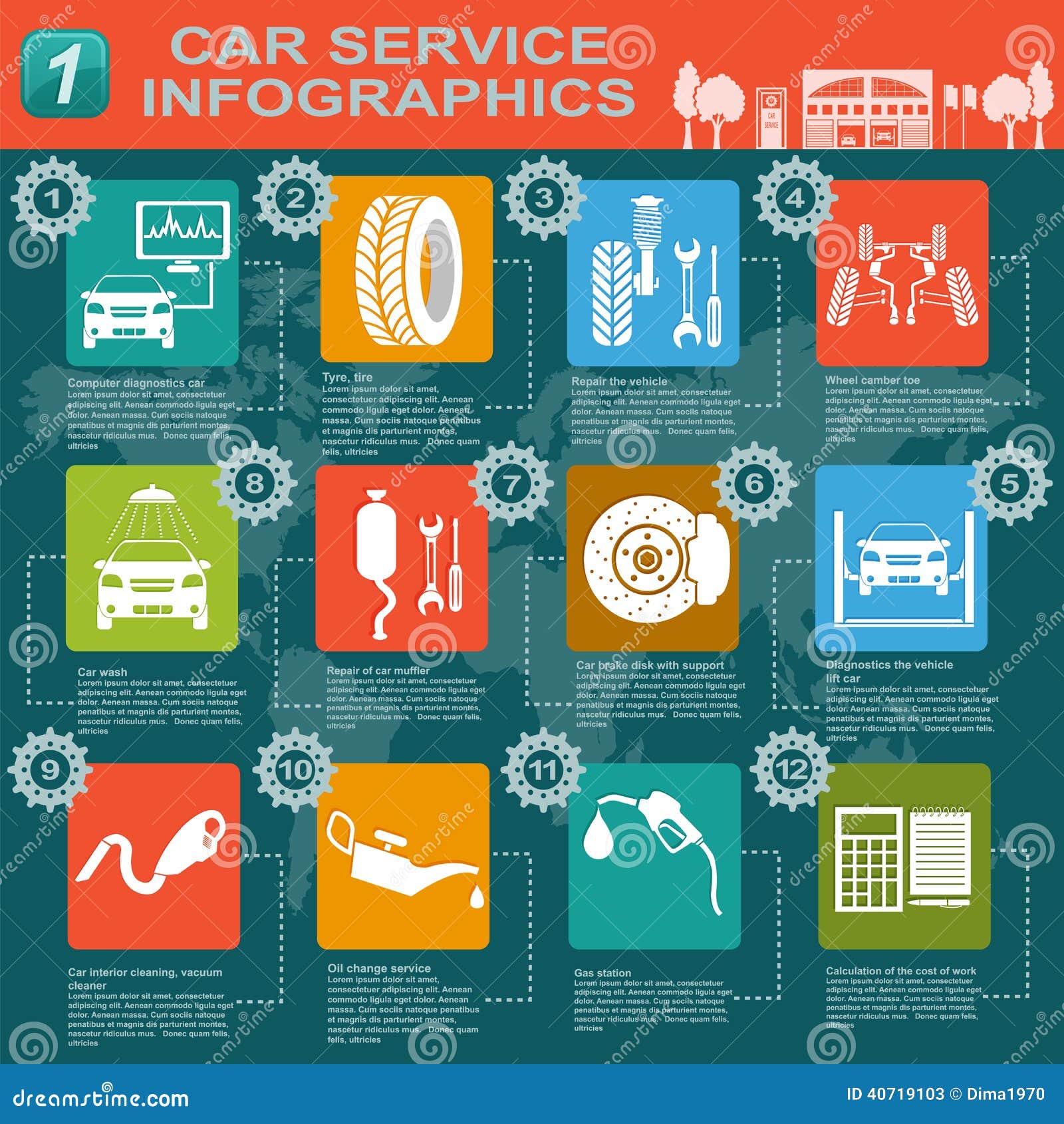Understanding Your Vehicle'S Warning Lighting: What Do They Truly Mean?
Understanding Your Vehicle'S Warning Lighting: What Do They Truly Mean?
Blog Article
Article By-Higgins Stark
When you lag the wheel, those beautiful warning lights on your dashboard can be a bit puzzling. Do you recognize what they're trying to tell you concerning your automobile's wellness? Understanding the value of these lights is crucial for your security and the durability of your vehicle. So, the following time one of those lights appears, wouldn't you want to analyze its message properly and take the essential actions to address it?
Common Caution Lights and Interpretations
Recognize typical caution lights in your vehicle and recognize their significances to make certain secure driving.
look at this now consist of the check engine light, which indicates concerns with the engine or discharges system. If click here to find out more begins, it's vital to have your automobile inspected promptly.
https://garrettkfzun.dreamyblogs.com/32459646/learn-how-eco-friendly-vehicle-detailing-products-can-elevate-your-vehicle-s-shine-while-securing-the-earth-uncover-the-sustainable-choices-awaiting-you cautioning light shows reduced oil stress, requiring instant attention to prevent engine damage.
A flashing battery light may suggest a malfunctioning billing system, potentially leaving you stranded otherwise dealt with.
The tire stress monitoring system (TPMS) light signals you to low tire stress, affecting lorry security and gas efficiency. Disregarding this might bring about unsafe driving conditions.
The abdominal muscle light suggests an issue with the anti-lock braking system, jeopardizing your capability to stop promptly in emergencies.
Lastly, the coolant temperature advising light warns of engine getting too hot, which can lead to extreme damages otherwise dealt with swiftly.
Understanding these usual caution lights will certainly assist you resolve problems promptly and maintain risk-free driving conditions.
Relevance of Prompt Focus
Recognizing the usual warning lights in your automobile is just the initial step; the relevance of promptly resolving these warnings can't be stressed enough to ensure your safety and security on the road.
When a warning light brightens on your control panel, it's your cars and truck's method of interacting a possible problem that requires focus. Ignoring these cautions can cause extra serious troubles later on, compromising your safety and potentially costing you much more out of commission.
Prompt interest to alerting lights can avoid failures and mishaps. As an example, a blinking check engine light can show a misfire that, if left ignored, might create damage to the catalytic converter. Addressing this immediately can save you from a costly repair service.
In a similar way, a brake system alerting light could signal reduced brake fluid or used brake pads, critical parts for your safety and security when driving.
Do It Yourself Troubleshooting Tips
If you observe a warning light on your dashboard, there are a couple of do it yourself fixing pointers you can try before seeking professional assistance.
The very first step is to consult your vehicle's manual to recognize what the certain warning light shows. Often the concern can be as simple as a loose gas cap setting off the check engine light. Tightening the gas cap may settle the problem.
Another usual concern is a low battery, which can cause numerous cautioning lights. Examining the battery links for rust and ensuring they're safe might take care of the problem.
If a caution light lingers, you can attempt resetting it by disconnecting the car's battery for a couple of mins and then reconnecting it. Additionally, examining your lorry's fluid degrees, such as oil, coolant, and brake fluid, can aid fix alerting lights connected to these systems.
Final thought
In conclusion, recognizing your cars and truck's caution lights is essential for keeping your car running smoothly and safely. By immediately resolving these signals and understanding what they indicate, you can avoid costly fixings and prospective malfunctions.
Bear in mind to consult your vehicle's guidebook for specific information on each alerting light and do something about it appropriately to ensure a hassle-free driving experience.
Stay educated, stay risk-free when traveling!
